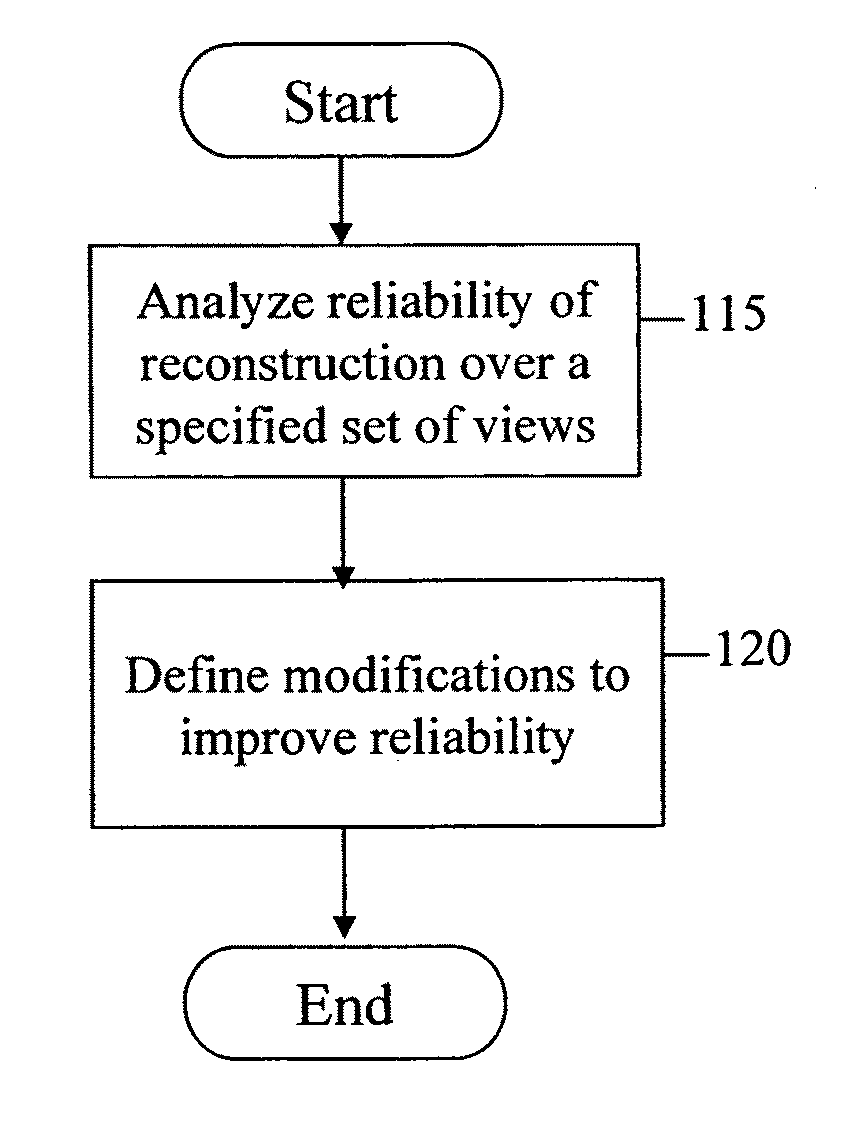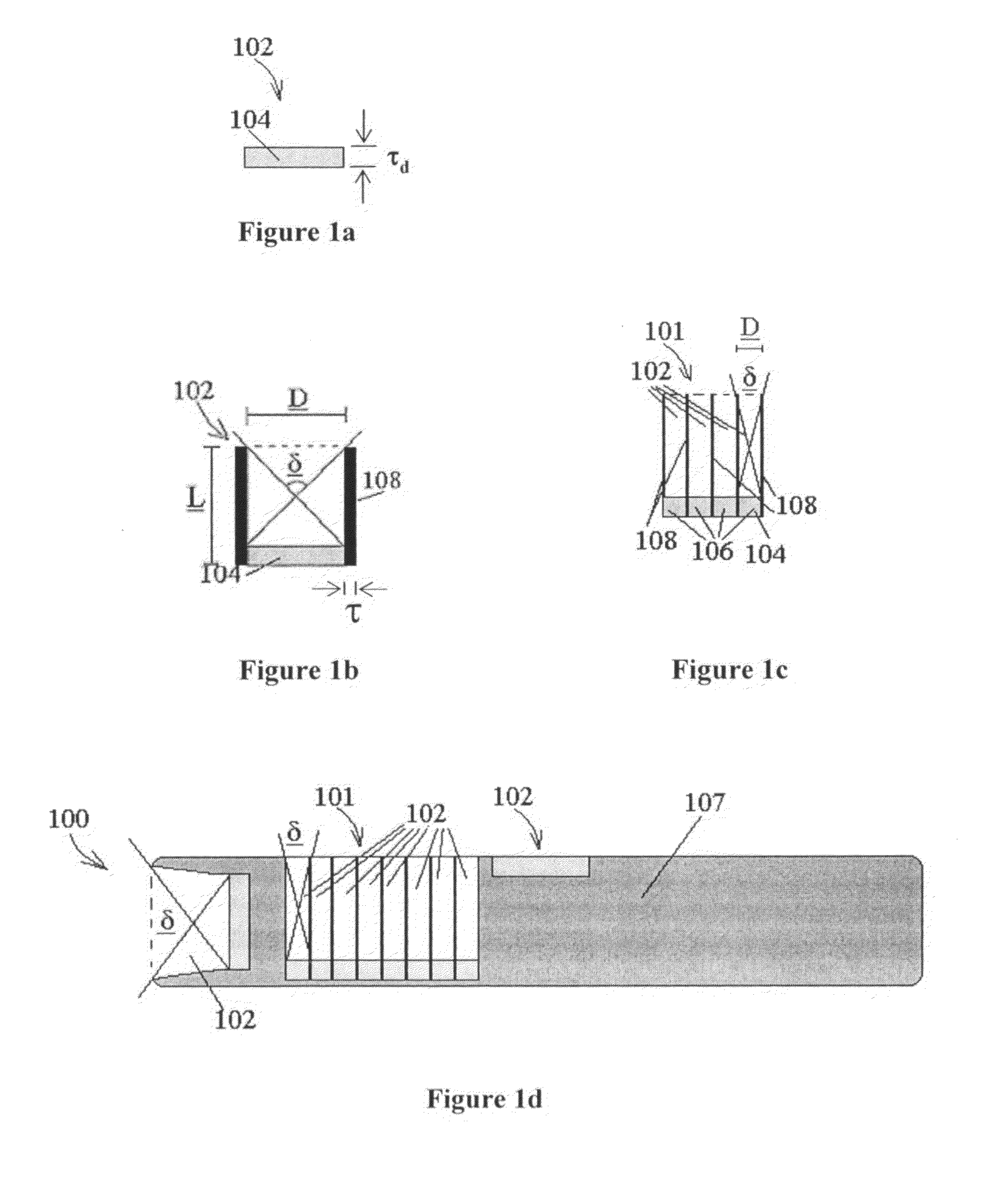Reconstruction stabilizer and active vision
a stabilizer and active vision technology, applied in the field of radioactiveemission measurement of a volume, can solve the problems of limited use of medical imaging reconstruction based on filtered back projection, general complex reconstruction process, and inability to obtain complete measured data, so as to improve the reliability of reconstruction and stabilize the reconstruction of an imaged volum
- Summary
- Abstract
- Description
- Claims
- Application Information
AI Technical Summary
Benefits of technology
Problems solved by technology
Method used
Image
Examples
Embodiment Construction
[0099]The present embodiments teach providing modifications of the reconstruction and / or imaging processes in order to obtain a reliable reconstruction of the imaged volume. Specifically, the methods teach analyzing the reliability of the reconstruction obtainable from collected emission data over a set of views to determine modifications which are expected to improve reliability. The present embodiments further teach using radioactive-emission measurements to define views for further radioactive-emission measurements of a body structure, to be performed during the current measurement process.
[0100]With non-uniform scanning, the amount of information available for different voxels is not uniform, thereby constraining the ability to obtain an accurate reconstruction of the volume. In addition, there may be a need to focus on a region or regions of interest, and to control reconstruction resolution and accuracy where and when necessary. In such cases it is important to provide feature...
PUM
| Property | Measurement | Unit |
|---|---|---|
| volume | aaaaa | aaaaa |
| volume | aaaaa | aaaaa |
| radioactive-emission density distribution | aaaaa | aaaaa |
Abstract
Description
Claims
Application Information
 Login to View More
Login to View More - R&D
- Intellectual Property
- Life Sciences
- Materials
- Tech Scout
- Unparalleled Data Quality
- Higher Quality Content
- 60% Fewer Hallucinations
Browse by: Latest US Patents, China's latest patents, Technical Efficacy Thesaurus, Application Domain, Technology Topic, Popular Technical Reports.
© 2025 PatSnap. All rights reserved.Legal|Privacy policy|Modern Slavery Act Transparency Statement|Sitemap|About US| Contact US: help@patsnap.com



